taming – https://tamingio.net/. Reiner Knizia is among the most well-known and prolific board game designers of all time. His work spans the ’90s classics like Ra and Modern Art, all the up to modern day hits such as The Quest to El Dorado and My City. If his name is featured in a new game, like Witchstone that he co-designed with Martino Chiacchiera up and pay attention.
Below the large fold-outboard you will find a myriad of vibrant components. There’s a collection of wooden owl and witch tokens, as well as two different forms of plastic crystals in each one of the four players colors. Plastic can appear cheap, and we’re sure it’s expensive, but cut stones will always have some luster even though they’re not real.
The board’s design adds to the visual theme by depicting the big crystal ball in addition to other items of magical paraphernalia such as a wand, a pentagram. There’s a deck of cards as well, but the art is functional and isn’t as lavish as the artwork on the box and the board. A number of sheets of cardboard complete the set. They’re serviceable and contain a cauldron board to each participant and a pile of tokens.
Every turn in Witchstone begins with the player placing a tile of their hand within their cauldron. These tiles come in double hexagons that have the symbol at each corner and two icons identify the actions that you can undertake during your turn. If you’re able place one of them against one already present in your cauldron, you can take that action two times or more when you’re increasing dimension of a set of icons.
It’s clear from the start that this is an intelligent moving puzzle to be played. The puzzle is a combination of three aspects: between the tiles you hold and the actions you wish to do now in addition to establishing symbol groups for the future. If you’re playing this game carefully, these groups may allow you to take large amounts of actions later in the game. Such big combo turns can typically trigger actions within them, making them difficult entertaining, thrilling, and thrilling all at the same time.
One such step is to transfer crystal tokens. These start in your cauldron and block tile placement spaces, therefore it’s important to get rid of them. If you can relocate them to the edge of the cauldron , you’ll gain two or three bonus actions , depending on where they will come to. There’s also a black crystal that is located at the centre in the cauldron. These crystals give you a double bonus if it reaches the edge.
Two things stand out about Witchstone. First, there is the manner the various processes are likely to cross such as the way crystals are entangled with the cauldron’s strategies. The second reason is that the rules are unintuitive, awkward and full of irritating variations.
There’s a reason, though Witchstone includes all the elements of the game of magic with its witches, crystals, and owls, it’s not at all about anything. It’s an abstract draped in a sorcerer’s cloak, and a means to bring together an array of play styles and mechanics. Although this blend gives the game lots of variety and depth it means the rules don’t relate to any real-world activities and are hard to internalize.
Let’s explore some of the alternatives to show these issues. Energy actions allow you to be in control of the linkages between board spaces. They are leaning into witch actions, meaning you are able to move your pieces onto the main board and move them around. The first time you enter a particular space, you earn tokens that can later be used into bonus actions. You can see that the game’s mechanisms interconnect and there are numerous rules exceptionsto rules, which we won’t go over, but you can learn.
The next two mini-games are the pentagram and the magic wand. The pentagram is a way to move your token around to the five points in the board symbol, gaining point or tokens. They can be cashed into bonus actions, or put in the cauldron to create bigger symbol groups. The wand is a race to reward bonus actions. the first person to get to any point on the track of the wand gets double the reward.
All of these action also have the potential of scoring you points which will help you move closer to winning. Since the game is circular in how these different routes interact, you might imagine Witchstone can be difficult for players to decide where to start to develop a plan. However, it offers a smart strategy in its last action, the scroll, which lets you select a card from a face-up selection. Some of them give bonuses for actions, but some earn significant points for doing well at particular mini-games. They can be a good starting point to plan your strategy.
Games with lots of different options to gain points are quite common. It’s so common that there’s the specific name given to this kind of game: “point salad.” Though it’s deep and strategic, these are often complicated, static mathematical affairs. It’s not a secret that Witchstone is a good fit regardless of its imperfections, but with its gorgeous visual dressing and some distinctive ingredients , like the lively late-game combinations, it’s different from the crowd. If you’re not familiar with, or suspicious of, this genre, Witchstone might just have the ability to entice you.
- 投稿タグ
- play here, taming, taming io game
